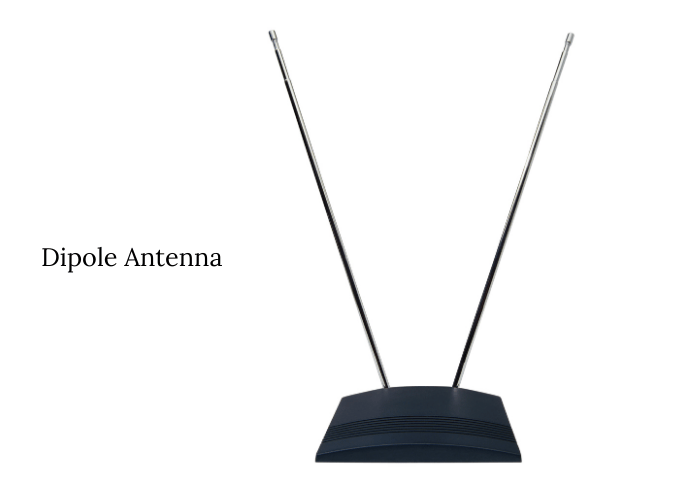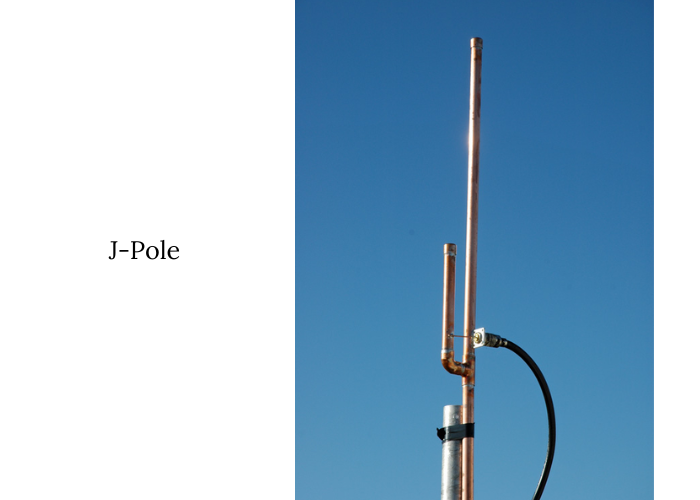Radio waves have the longest wavelengths (the difference between two peaks in a wave) in the electromagnetic spectrum, with their amplitudes ranging from one centimeter (0.3in) to greater than 100 meters (109 yds)
The length of an antenna is usually equal to 1/4 wavelength because of resonance. It's usually the most efficient in terms of material and overall effectiveness. When we talk about something like “the 2 meter band”, this refers to the wavelength being equal to two meters, for example.
When trying to receive, you have a lot of leeway with what can be used as an antenna. When you're transmitting, however, your antenna has to be tuned in resonance with the frequencies you're trying to transmit on.
If your antenna is made out of improper material or is the incorrect length for the signal going through it, power will be reflected back into the transmitter instead of being radiated out of the antenna. This can at best make your signal noisy and garbled, and at worst, permanently burn out your radio.
Different types of antennas have different propagation, and are useful in different situations. Most radio systems are connected to the antenna they come with through a
coaxial cable, which you can detach and connect into your antenna of your own choosing, if you want to transmit or receive in a different frequency than your radio was intended for.
The height of your antenna is substantially more important than the power it’s running on. VHF/UHF radio communication is considered “Line of Sight” because, at frequencies above 30MHz, radio waves are unable to pass through large buildings, mountains or the curvature of the Earth. Unless you’re at an urban center full of buildings or an extremely mountainous area, the curvature of the Earth, or the horizon, will be your biggest bottleneck for range— which means that by increasing your antenna’s height, you increase your distance to the horizon, and therefore your range.Y
You can calculate the distance (in miles) from the tip of your antenna to the horizon with the formula in this image.
For example, if you’re holding up a walkie-talkie to your ear and are about 6 feet tall, your effective range should be about 3 miles, as long as there’s no large buildings between you and the receiver. If you can put the antenna on top of a 2 story house (25ft), your range’s around 6 miles.
Put that antenna on top of a 10 ft mast, and you’re looking at 7 miles of range, so on and so forth.

WHIPS AND MONOPOLES
An extremely common type, used in cars, HTs and walkie talkies. These include "rubber ducks", tiny antennas covered in rubber that come with your handheld radio. These are usually not very good, but do their job well enough for short-range communication.

Two wires of the same length extended from the end of a piece of coaxial cable. One wire is attached to the center wire of the coaxial cable, while the other is attached to the outer shield of the cable. You may recognize these as the “rabbit ears” antennas that appear in older TVs. Their signals are more evenly distributed and they do not need grounding. However, dipole antennas can be more finicky with how many frequencies they can tune into (meaning they have lower bandwidth).

GROUND PLANES
5 wires of the same length, equal to 1/4 the wavelength you intend to transmit in (i.e. if it's intended for the 2 meter band, the wires will be approximately 50 Centimeters). One wire is attached to the center conductor of the coax cable, and the other 4 are connected to the ground shield.
They function at a similar profile to monopoles and whips. Strictly speaking, all monopole antennas need a “grounding element” below them— a conductive element, such some copper wire in the case of walkie talkies, or your car’s roof in the case of lower frequency car antennas— creating a faux-dipole antenna between the antenna and the conductive element.
Antennas release electromagnetic waves radially (which gives radio its name), which means some waves are going to be thrown downwards, where they’re unlikely to reach anything. A conductor at the bottom can reflect these back and onto the horizon, with varying degrees of success. A ground plane antenna is purpose-built to efficiently spread within the frequency it’s built for, giving it more range and signal strength.

Usually made from copper and pipe, it's popular because of its durability and high gain. The long section is 3/4 the wavelength, and the short section is 1/4 the wavelength, assembling a shape that roughly resembles the letter J.J-Poles uniquely do not require a separate ground plane, as the short section sufficiently helps to spread the signal towards the horizon. This makes it easier to mount on a roof or pole and makes it resistant to strong winds. The J-pole feed point is also at DC ground, which gives it minimal noise from its surroundings and does an excellent job of receiving signals.

Often made from "ladder line" which can be rolled up and carried in a backpack. To use the antenna, attach to a rope and throw it into a tree or high location for better altitude. Much like a J-Pole, except they’re portable.If you have time to prepare, these are by far the most adaptable for emergency situations.
You won’t get a stellar audio quality, but you can get onto the top of any tall supermarket, other building or structure, or even a tree.